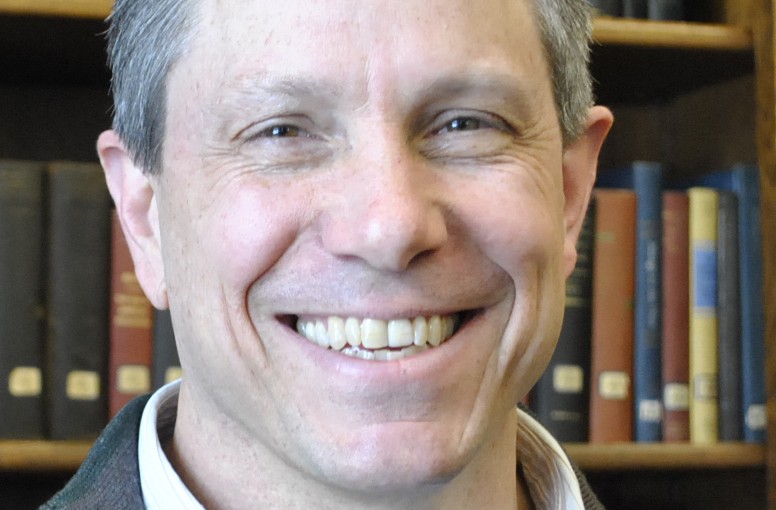I’m a lecturer in the History and Literature program here at Harvard, and also the administrator for the Medieval Studies Program, under whose aegis Medieval Object Lessons is being launched. In some ways, I’m an unlikely person to be embarking on this kind of project. My own research has focused much more upon ideas and people as reflected in and disseminated through early medieval texts (and sometimes images), rather than things—queens and other powerful women, bishops and the institutions surrounding them, aristocratic political networks, and so forth.
My teaching in the last few years, however, has taken me farther and farther afield from these “core” concerns, both chronologically and geographically—my mind and my syllabi have begun to wander across the Islamic and Celtic worlds that surrounded (and often defined) the European subcontinent, and into the later years of the period we commonly define as “medieval”. I’ve also become increasingly fascinated with the material conditions and expressions of the worlds I study and teach, and in how material objects and the stories attached to them can be used to physically and metaphorically map out the movement of people and ideas, and the complicated social networks that wove them together into a “medieval world”.
Objects are fascinating and rich in possibilities, but they also can be maddeningly opaque and resistant to our efforts to situate them within our preexisting narratives and models of society, agency, and intellectual development. As a teacher, I’ve struggled to integrate so-called “material culture” (in essence, things in all their messy splendor) into my syllabi and the back-and-forth of my classroom discussions and assignments. In this respect, Medieval Object Lessons serves some rather selfish goals. First, it allows me to ask and hopefully answer questions about medieval objects. In turn, it is meant to provide a way to put those objects into a productive dialogue with the texts, books, and images that I’ve always used to explain and explore the deeper human past. I suspect, however, that these are concerns shared by many other teachers and their students, wherever they happen to be and whatever the classroom in which they work. We hope that MOL helps all of them—you—to find some answers, and to ask even more questions, about the things and stories found there!

